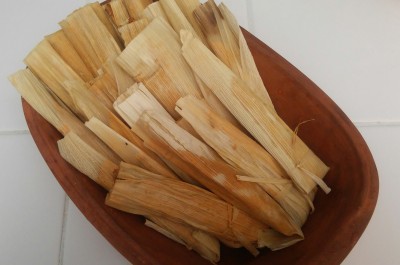Collar_N_Cuffs
Clink Kink
- Joined
- Feb 3, 2014
- Posts
- 15,042
I steam my tamales in my Romertopf 111, but the husks can get dried out and crispy on the ones that are near the outside edges. They cook through, some of them just get a bit overdone. I soak the Romertopf for about 30 minutes, then fill it with tamales, put it in a cold oven and cook at 350 for about 2 hours. Any less and the masa doesn't cook, but as mentioned the outside ones get crispy.
Anyone have any advice?
Anyone have any advice?

 .
.
